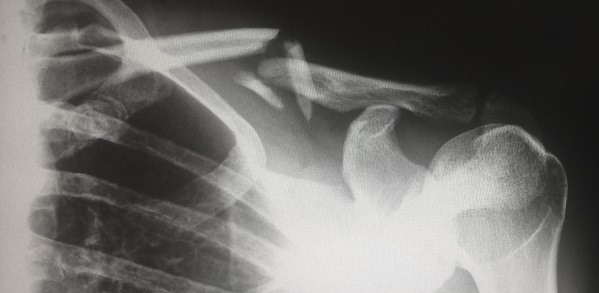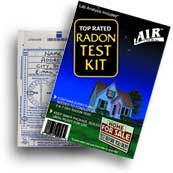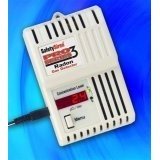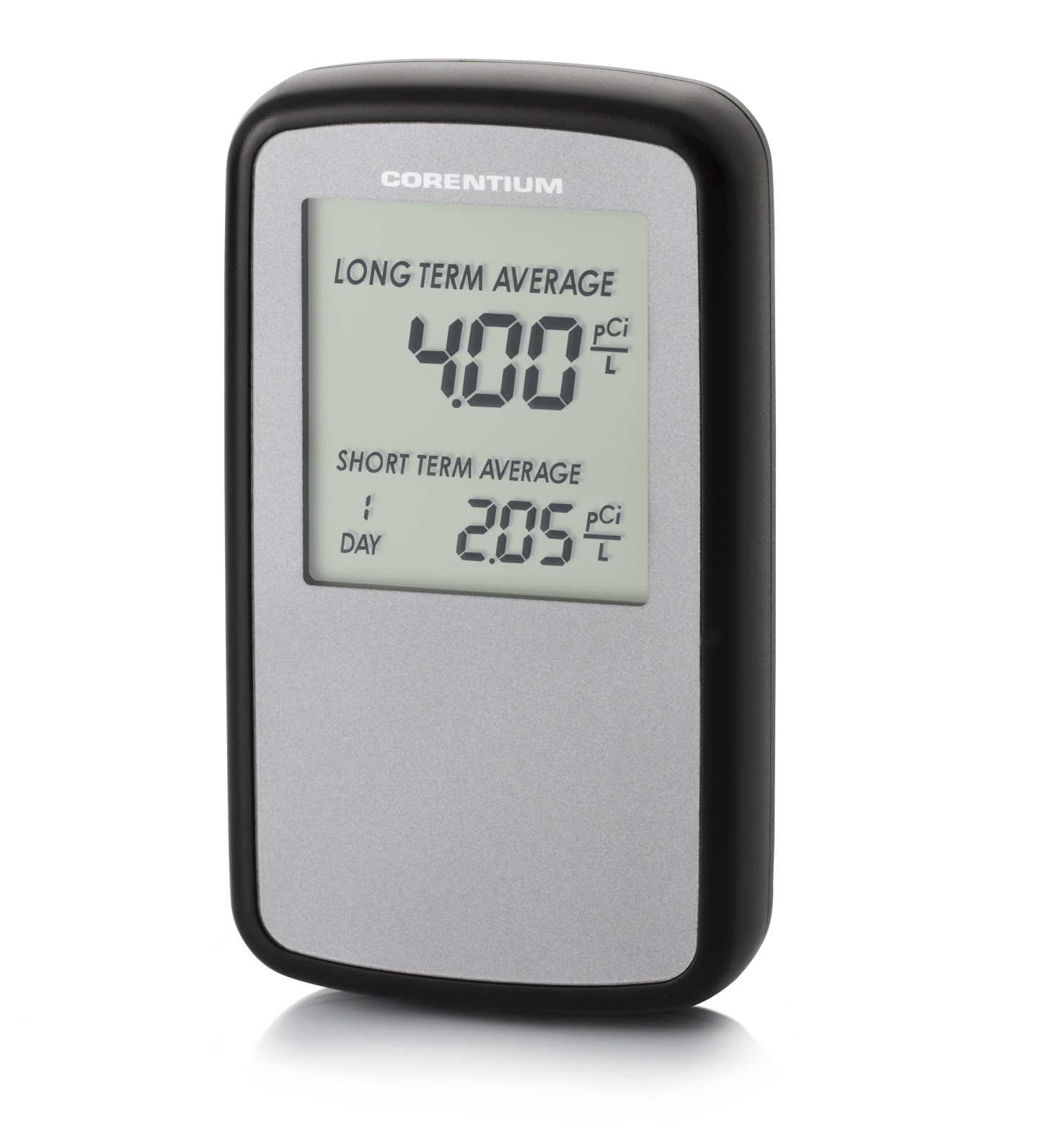Radon Levels Explained
First of all there are really no safe radon levels since it's a radioactive gas that causes lung cancer. With that said, we need to recognize that we all live life with some unavoidable risk.
For instance, the average outdoor level is 0.4pCi/L. Thus it's impossible to completely eliminate our exposure to radon gas. But we do have options if our indoor radon results are elevated. So what's a high radon reading?
Unacceptable Radon Levels
The EPA set 4pCi/L as the action level for the United States back in 1988. This is not a "health based level" as they are quick to add.
Homes with readings between 2pCi/L and 4pCi/L should consider mitigation also. As of 2009, the World Health Organization set their threshold to mitigate at 2.7pCi/L.
So what is the risk of having radon in your home?
At level 4pCi/L, the radon you inhale is the same as:
- Smoking 8 cigarettes per day
- Having 200 chest X-rays per year
Your risk at 2pCi/L is the same as:
- Smoking 4 cigarettes per day
- Having 100 chest X-rays per year
As your radon number doubles so does your risk!
So at 10pCi/L your risk is like smoking more than a pack a day!



How to interpret your radon results
Radon readings will vary throughout the year. Highest levels are typically recorded in mid-winter (when you house is sealed up) with levels decreasing to there lowest concentrations in summer (when you might have your windows open allowing the radon to escape).
So 4pCi/L in summer could be considerably higher in December. Thus, an average of well above the EPA action level can be assumed.
Whereas the opposite may be true of a level of 4pCi/L in winter. Thus the only way to really know for sure is conduct a long term test to account for the fluctuations through out the seasons.
What can cause your level to vary?
- Frozen soils force more radon into the house.
- The stack or chimney effect is greatly increased during the heating season.
- Less ventilation in winter since the building is closed up tight.
- Rainy periods can cap the soil increasing indoor levels.
- Wind and storms can increase or decrease levels.
Also important to consider is the time spent in the lowest level of the building. If your level is 2pCi/L in a basement used only for storage, then it's likely that your exposure will be low. But if you have a forced air furnace and central AC system this could create the same level on all floors of the home when in operation.
To be sure of your exposure a long term test kit will give the best picture of overall exposure to radon in your home.
More Radon Pages
Fast Facts | How to Test | Understanding Radon Levels | Health Dangers | United States Risk Map | Major Risks for Smokers | Test Kit Guide





New! Comments
Have your say about what you just read! Leave me a comment in the box below.